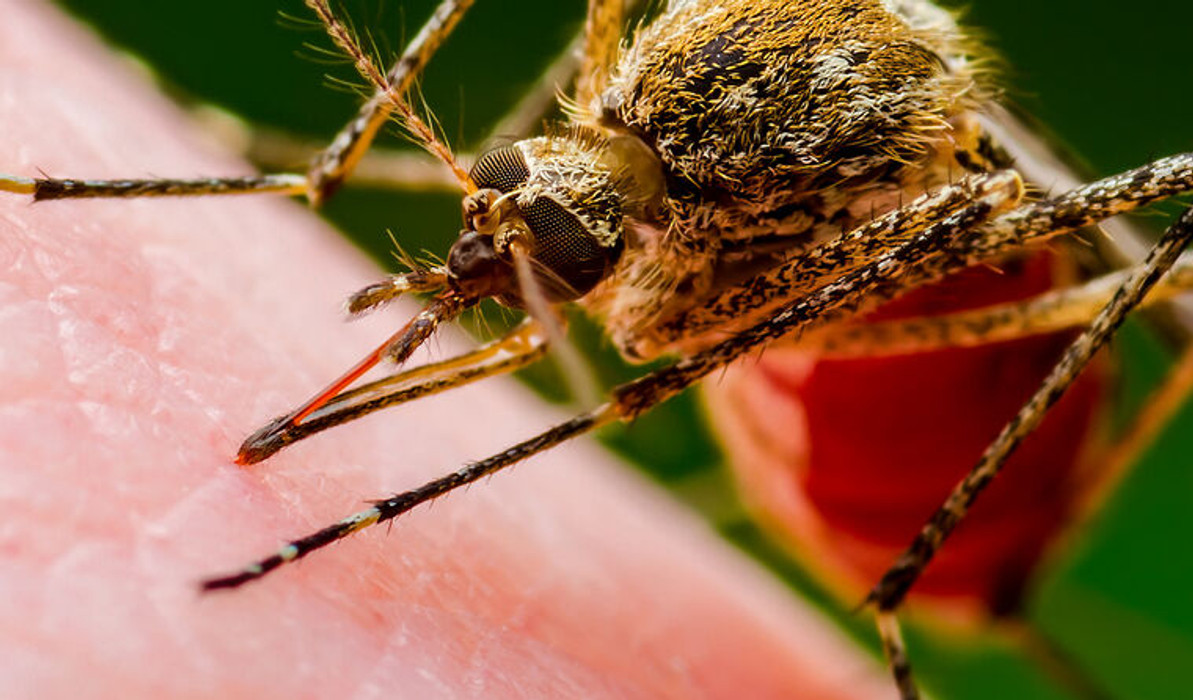Sentinel chooks: why was Japanese encephalitis such a surprise?
VICTORIAN doctors who treated an infant with Japanese encephalitis in one of the state’s first cases have shared their experience, urging fellow clinicians to be mindful of the differential diagnoses. It raises the question: is the mosquito-borne disease here to stay?
Doctors from the Royal Children’s Hospital in Melbourne described the case of a previously well 4-month-old boy who presented with febrile convulsions after a 2-day prodrome of fevers, reduced energy and feeding, which progressed to aseptic meningoencephalitis.
No causative pathogen was initially found in cerebral spinal fluid (CSF) tests and the boy was treated for sepsis and seizures.
It was not until a public health alert was issued for the mosquito-borne Japanese encephalitis virus (JEV), previously unseen in Australia’s southern states, that it was considered as a potential cause for the child’s symptoms.
The child’s CSF, taken on day 1, was tested for JEV and found to be positive. A further history revealed he had travelled to a town on the Victoria-New South Wales border 15 days before symptom onset, close to where the virus had been detected in pigs.
Dr Andrea Zhu and colleagues said that although 99% of JEV infections were thought to be asymptomatic, the case described a typical symptomatic presentation.
Japanese encephalitis should “now be considered in all patients with meningoencephalitis in whom an alternative causative pathogen has not been identified, particularly where epidemiological risk factors are present”, they wrote.
They reported good outcomes for their patient, who returned close to baseline neurological function with some residual but improving limb weakness.
Why was JEV such a surprise?
Since the first human case was reported in March 2022 from Queensland, there have been 42 confirmed and probable Japanese encephalitis cases in Australia, including four deaths. Two-thirds of the cases have been reported in NSW and Victoria.
In an exclusive podcast, Dr David Williams, leader of the emergency disease laboratory diagnosis group at CSIRO’s Australian Centre for Disease Preparedness, said this year’s discovery of Japanese encephalitis had been “unprecedented”, so that the experts were “caught unawares”.
Dr Williams explained that JEV had not been seen in Australia since outbreaks in the far north of the country and the Torres Strait in the 1990s.
“There was a certain sense of complacency that Japanese encephalitis wasn’t going to be transmitted further south,” Dr Williams said. “It’s all caught us by surprise I think, and also come under the radar.”
Surveillance activities in recent years had mainly focused on Ross River fever, Murray Valley encephalitis and West Nile/Kunjin virus, he said: “A lot of the mosquito surveillance systems didn’t have Japanese encephalitis on the list of targets.”
Dr Williams said it also came as a surprise that the first case was detected in a Queensland piggery (the virus causes stillborn and weak piglets and infertility in boar) and that in the subsequent days, cases were found in piggeries in NSW, Victoria and South Australia as well.
“It wasn’t in a single focused area,” he said. “It was everywhere.”
What’s more, the disease had been in the country since at least early November 2021, given infection in sows has to have occurred before 60–70 days gestation to affect piglets.
Associate Professor Cameron Webb, a medical entomologist at NSW Health Pathology said the occurrence of JEV across a very wide area of southern Australia was “incredibly significant”.
“In NSW particularly, this is the first time people have died because of mosquito bites since the 1970s, when there was a severe outbreak of Murray Valley encephalitis virus,” he said.
Associate Professor Webb said the strain of JEV now circulating was different to that found in the north of Australia in the 1990s.
“The best explanation is that the virus has made its way to Australia through infected birds, or potentially through wind-blown infected mosquitoes,” Associate Professor Webb said.
Will climate change make JEV more common?
While the extreme weather events associated with climate change are clearly part of the equation, predicting climate change’s impact on diseases such as Japanese encephalitis is not straightforward.
Associate Professor Webb explained that the virus most likely made its way from northern Australia to the southern regions by a “cascade effect” through waterbird and mosquito populations, enabled by wet weather conditions associated with La Niña weather patterns.
“But if we were to swing back to extreme drought across many areas of Australia, this virus may disappear and we may not see its emergence again for another decade or so,” he said.
“So, while a change in climate may explain JEV’s emergence across Australia in 2021–22, that doesn’t necessarily mean it’s then going to be an annual problem across many of these same areas.”
As the first day of winter approaches this week, Associate Professor Webb said there was little evidence that JEV was actively circulating among mosquitoes in areas affected by the outbreak.
However, the virus could still persist in mosquito eggs over winter, he said, paving the way for it to be reintroduced next summer.
Good news for next summer
Along the waterways of the Riverina, sentinel chickens will be waiting.
Professor Dominic Dwyer, a medical virologist and infectious diseases physician at NSW Health said laboratories would be testing their sentinel flocks of chickens for JEV next summer in addition to their usual tests for Murray Valley encephalitis and Kunjin virus.
“Now that we know it’s there, looking out for it becomes easier and ordering the appropriate testing becomes easier,” he said.
Professor Dwyer said that for clinicians, the most important red flag for JEV was encephalitis, together with anything in the patient’s history that might be relevant, such as having been in an endemic area or working with pigs.
“You can do a JEV [polymerase chain reaction (PCR) test] on the cerebrospinal fluid but it’s often negative because the period of viraemia is short, so serology tests become important on both the CSF and the blood,” he said.
There are no antivirals for JEV, but there are two vaccines available in Australia – Imojev, a live attenuated vaccine, and JEspect, an inactivated vaccine – usually given to travellers to endemic countries in Asia.
Given limited vaccine supply, the Australian Government has prioritised at-risk populations for local vaccination, including abattoir and piggery workers and some entomologists and virologists.
Professor Dwyer said it was too early to tell whether the vaccine should be routinely given in Australia as it is in parts of Asia.
“We don’t know whether this is a one-off incursion into Australia or if it occurs next summer or the summer after and if so, which parts of the country will be affected,” he said. “You need to know all that before you roll out a vaccine strategy.
“We’re lucky that we’ve got breathing space to work through this before next summer,” he added.
Dr Williams of the CSIRO said the states and federal government had rapidly responded to the detection of JEV, forming working groups to deal with various aspects of the response.
“There have been quite good levels of communication across the animal health and human health sectors, but also involving the pork industry,” he said.
Recent Posts
-
Finding the Best Mosquito Net
In the quest for a peaceful night's sleep free from buzzing and biting, finding the perfect mosqui …19th Dec 2023 -
Fossilised mosquitoes suggest male mozzies also once sucked blood
It is a fact often trotted out at summer barbecues when mosquitoes are buzzing around — only female …15th Dec 2023 -
Why buy a cotton mosquito net
The Secrets of Our 100% Cotton Mosquito Net Bed Canopies. When it comes to a good night's sleep, com …1st Nov 2023




